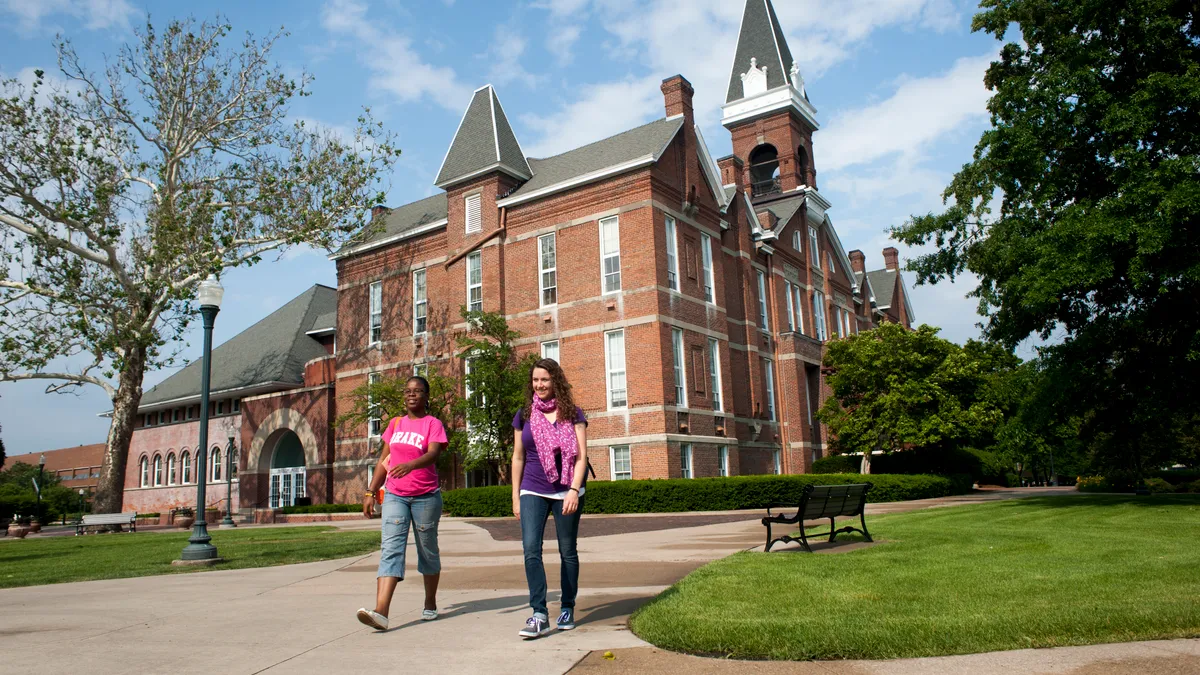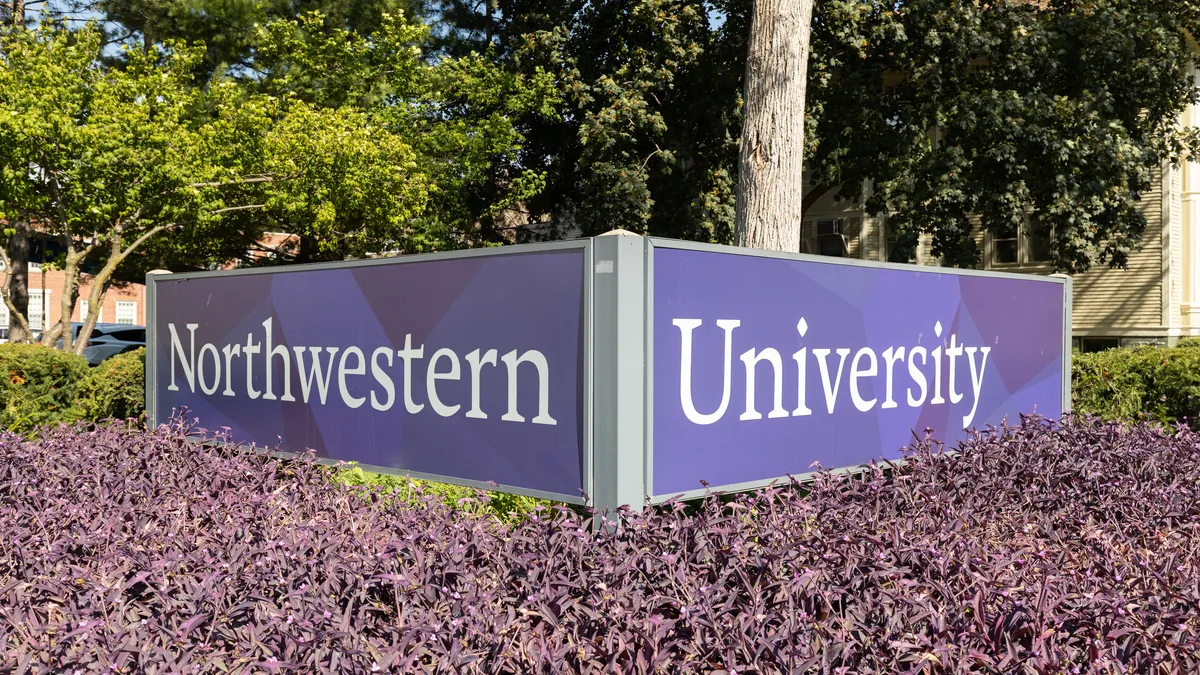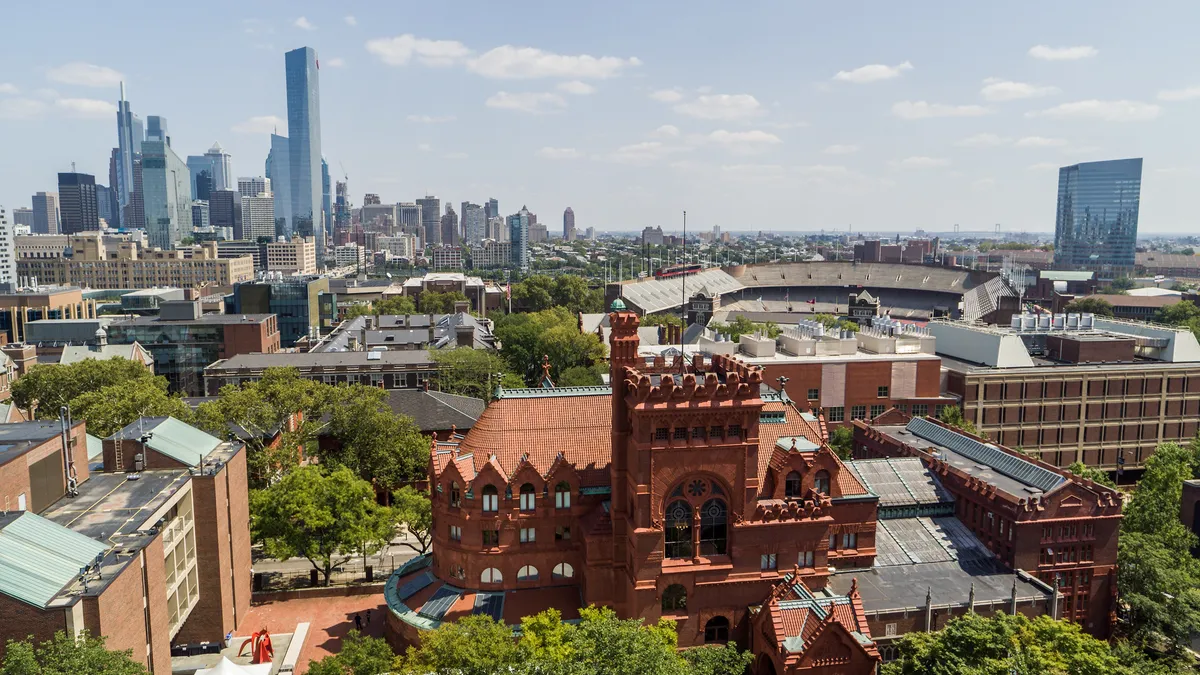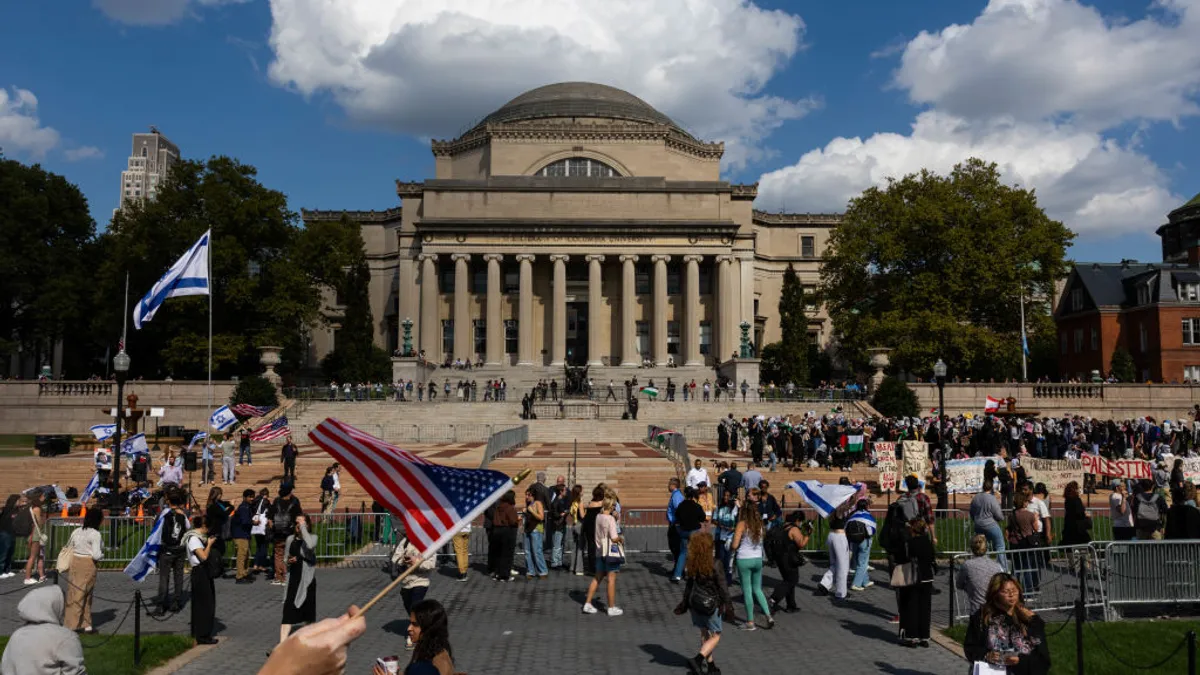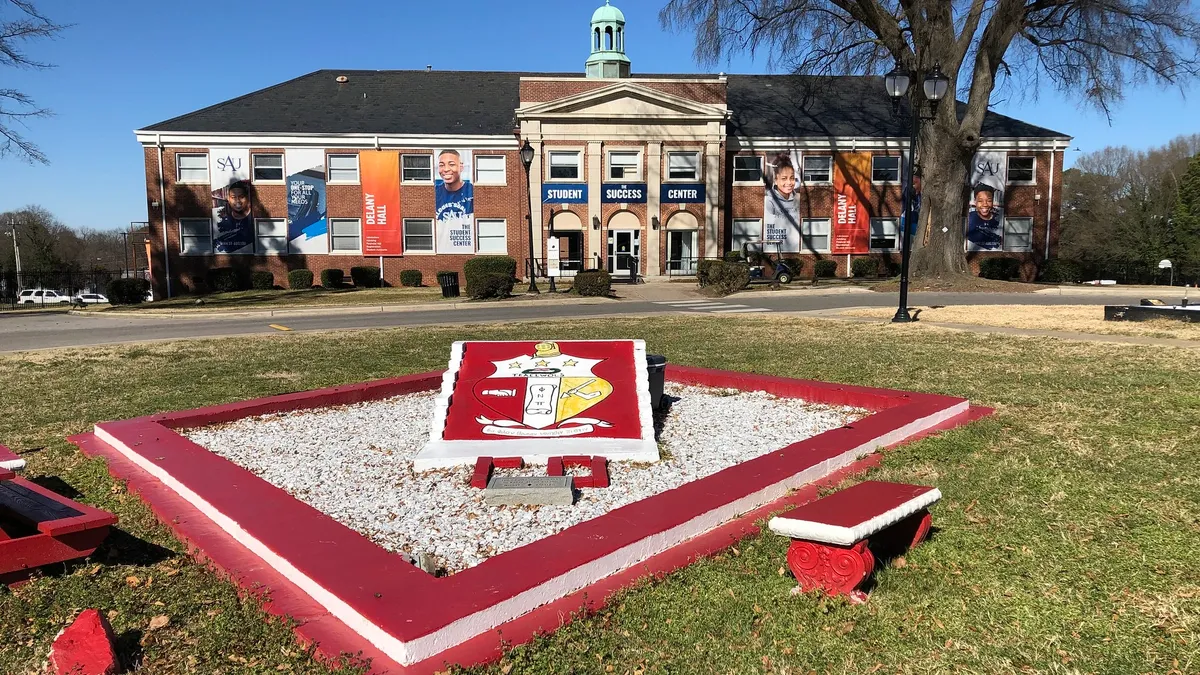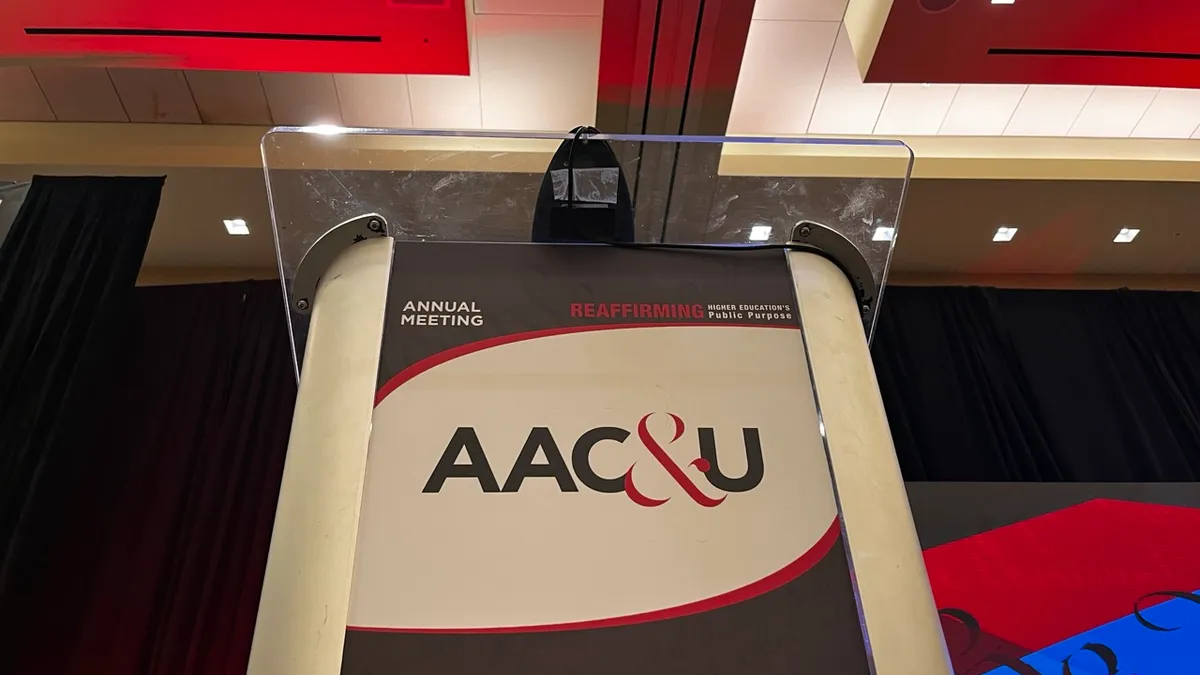Drake University, in Iowa, is wading into new territory. The private institution announced last week that it plans to create a new college that offers two-year degrees.
The John Dee Bright College — named after a Drake alum who played in the Canadian Football League and worked as an educator afterward — will begin offering two associate degrees in the fall of 2021. Annual tuition for the programs will be $18,500.
Drake officials hope to recruit around 40 students for the first class, which will take seminar-style courses as a cohort. Learning will also be project-based to teach students real-world skills such as teamwork and leadership, said Craig Owens, a Drake professor who will serve as dean of the new college.
Although Owens anticipates early cohorts will be mostly made up of traditional-age students, he expects Bright College will recruit older students as the programs mature.
Drake isn’t the first private university to launch a two-year college, Owens pointed out. In 2015, Loyola University Chicago opened Arrupe College, a two-year program that has reported better student outcomes than some nearby public options. Emory University, in Georgia, and the University of St. Thomas, in Minnesota, have two-year programs designed to help students enter a four-year degree pathway.
But Owens thinks Bright College will stand apart. “You would be hard-pressed to find a program that can combine all the various elements that we have put together into a coherent whole,” he said.
Education Dive spoke with Owens to learn more about the new college and its goals.
Editor’s note: This interview has been edited for clarity and brevity.
EDUCATION DIVE: Why is Drake creating a two-year college?
CRAIG OWENS: Three reasons stand out. Over the past five to 10 years, Drake has become increasingly active in connecting to local communities. A two-year college is another way of inviting members of our hometown into the educational experience we provide.
Second, we know that as the 2020s progress, increasingly fewer traditional-aged students will be going to college. That's a nationwide trend. To remain relevant as an institution of higher learning, we need to find ways to invite constituents into the educational experience who might not have traditionally sought out a four-year degree at a private institution.
Third, immediately after World War II and into the ’70s, U.S. higher education was seen as the primary engine of social and economic mobility. Through the ’80s and especially into the ’90s and 2000s, colleges and universities across the country became increasingly interested in providing credentials to students well-positioned to succeed. The John Dee Bright College is an attempt for Drake to reclaim the social mobility mission that was at the heart of American higher education.
What type of students will you recruit?
A number of students who are highly successful according to the usual metrics of success — GPA, class rank, board scores — are successful because they are either naturally good at or they have become good at doing school.
We are looking for students who may not have thrived or mastered doing school but have all of the talent, intellect and drive it takes to succeed at the kinds of endeavors we hope school prepares learners for. We want them to know we’re providing an environment that welcomes them and the kind of intellectual and experiential differences they’re going to bring.
How do you expect them to demonstrate those attributes in their applications? Will you look at standardized test scores?
The application will have some of the same aspects as the usual higher ed application, but there will be some key differences that will let us get to know these students on an individual basis and to imagine them as co-learners in a highly collaborative environment.
We’re not looking at SAT and ACT scores. We will be looking at GPA and what kinds of classes these students have taken.
We're also going to ask the applicants to write a couple of specific essays that introduce us to them, their approach to learning, their aspirations and what their experience with learning has been. You can imagine the kinds of essays often included in the Common Application — they discuss an important global issue, and what the student thinks we should do about it. That's not the kind of question we're going to be asking.
And we're going to ask their guidance counselors and teachers about their potential as learners. That will give us a sense of their strengths, the challenges they faced and what kinds of opportunities the counselors and teachers think should be made available to them.
Why do you plan on having students take classes as cohorts?
We've decided to focus on higher-order noncognitive skills with universal applicability, including the ability to work effectively as a team and contribute to a collaborative endeavor. We can't imagine that's going to happen automatically if we move students from class to class, where they have fleeting, noncollaborative interactions with one another.
Instead, we've decided to put them together as a cohort and guide them through interdisciplinary seminars in which they will take on learning challenges that demand collaboration and teamwork.
Over the course of two years — just as you would in a workplace, organization or community — you build relationships that you need to continue to nurture and tend to for a collaborative endeavor to be successful.
How will Drake help students transfer to one of its four-year year programs, if they choose to?
We are in the midst of asking our Faculty Senate and our University Curriculum Committee to review the two associate degrees’ curricula and advise on how it lines up with the learning outcomes we expect from Drake’s four-year general education requirement. I can’t make any guarantees, but I have high hopes they will find strong alignment between the disciplinary and noncognitive outcomes we are helping students to develop at Bright College.
That means students who complete the associate degrees will also complete the general education requirements for a Drake four-year degree. We would expect them to transfer into Drake or another four-year institution as rising juniors, and then to spend two years focused on completing their major.
Why might a student choose Bright College over a less-expensive community college?
It's much less about drawing students away from an existing pathway and instead creating a space for students for whom there wasn't an appropriate pathway. Maybe the four-year degree was not part of their educational plan, but the two-year community college didn't provide the small class sizes, intensive support, and collaborative and project-based learning model they need to thrive.



